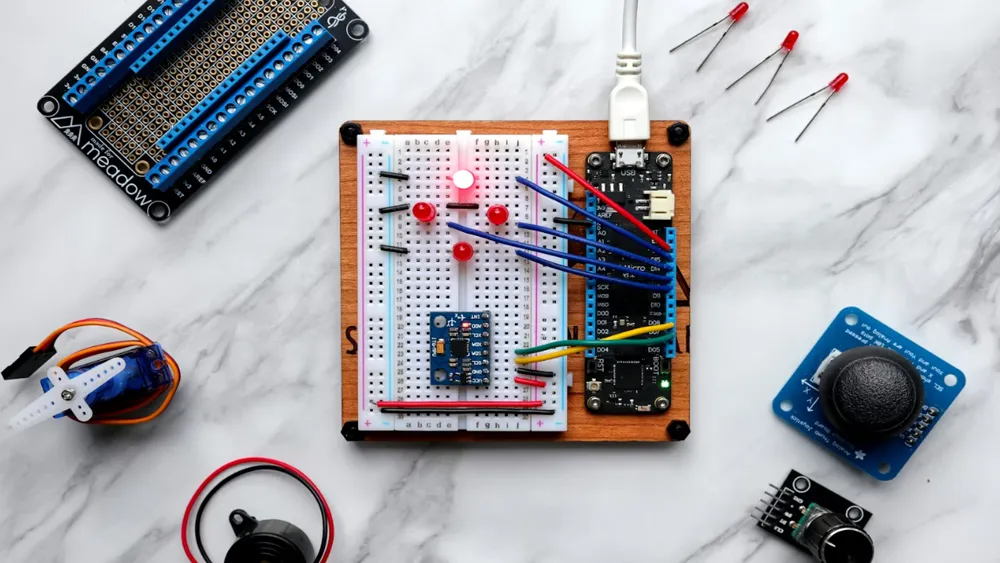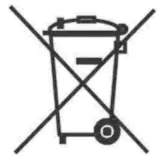
Toy Export to the EU EN 71 Compliance
What is EN 71 Certification?
EN 71 is the European toy safety standard and an essential part of CE certification. It regULates toys entering the European market to REDuce or prevent potential harm to children. EN 71 certification applies to products designed or intended for children under 14 years old. The assessment covers aspects such as physical and mechanical properties, flammability, cheMICal requirements, and electrical safety.

What are the en 71 testing Standards?
The EN 71 standard consists of the following 12 parts (Part 6 has been withdrawn):
- EN 71-1:Mechanical and physical properties
- EN 71-2:Flammability
- en 71-3:Migration of certain elements
- EN 71-4:Experimental apparatus for chemical and related activities
- EN 71-5:Chemical toys (sets) other than experimental apparatus
- EN 71-6:Graphical symbols for age warning labels (withdrawn)
- EN 71-7:Finger paints
- EN 71-8:Swings, slides, and similar activity toys for indoor and outdoor home use
- en 71-9:Organic chemical requirements
- EN 71-10:Organic chemical sample preparation and extraction
- EN 71-11:Organic chemical analytical methods
- EN 71-12:N-nitrosamines and N-nitrosatable substances
- EN 71-13:Olfactory board games, cosmetic kits, and gustatory games
Common EN 71 Standards
For general toys, daily necessities, handicrafts, toy-like products, and baby products, the most commonly required tests are:
- EN 71-1:Mechanical and physical properties
- EN 71-2:Flammability
- EN 71-3:Migration of certain elements
These three parts must be completed to gain entry into the EU market. Additionally, for toys containing liquid materials, platforms like TEMU require EN 71-5testing (chemical toys other than experimental apparatus).
Which Products are Covered by EN 71?
EN 71 applies to a wide range of toys, including:
- Plush toys
- Plastic toys
- Paper toys
- Electronic toys
- Wooden toys
- Metal toys
- Leather toys
- Educational and developmental toys
- Early learning toys
- Fiberglass toys
Essentially, it covers almost all toy types available in the market.
How to Apply for EN 71 Certification?
1. Testing Consultation– Discuss certification requirements
2. Apply for Testing– Confirm certification materials
3. Send Samples– Arrange EN 71 testing for the samples
4. Payment– Provide payment slip and invoicing information
5. Receive Report– Send the EN 71 test report and certificate
Email:hello@jjrlab.com
Write your message here and send it to us
 What is Amazon TIC and How Can Sellers Achieve Com
What is Amazon TIC and How Can Sellers Achieve Com
 2026 Battery UN38.3 Certification (Test Report) &a
2026 Battery UN38.3 Certification (Test Report) &a
 What is the IEC 62680 Standard? Compliance Interpr
What is the IEC 62680 Standard? Compliance Interpr
 Amazon Japan December Compliance Requirements
Amazon Japan December Compliance Requirements
 How to Check a CPSC-Accepted Laboratory?
How to Check a CPSC-Accepted Laboratory?
 WEEE Registration for Waste Electrical &Electr
WEEE Registration for Waste Electrical &Electr
 MSDS Chemical Safety Testing
MSDS Chemical Safety Testing
 What Are the Differences Between UK REACH and EU R
What Are the Differences Between UK REACH and EU R
Leave us a message
24-hour online customer service at any time to respond, so that you worry!




